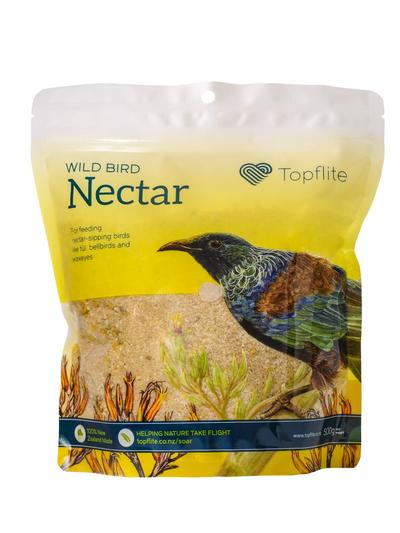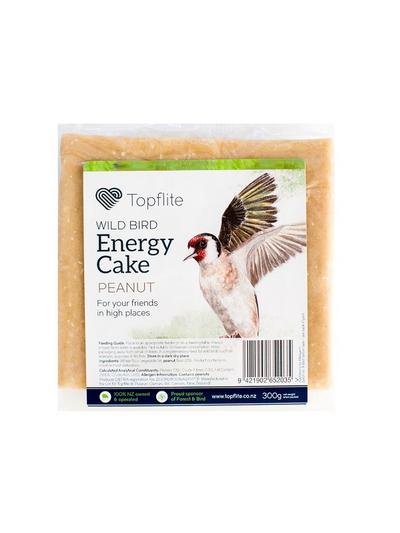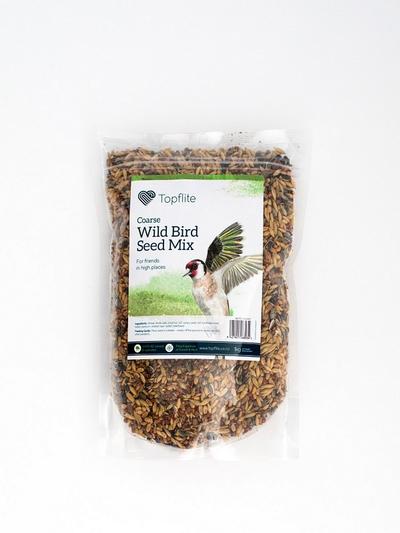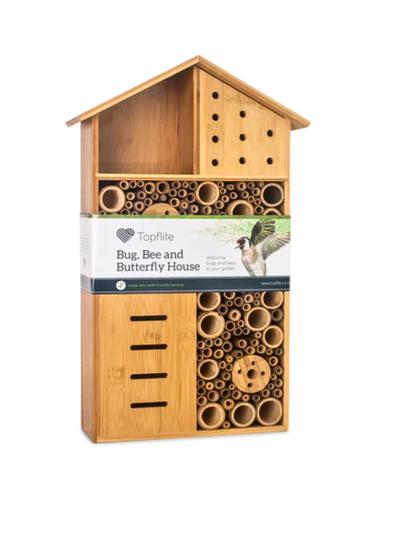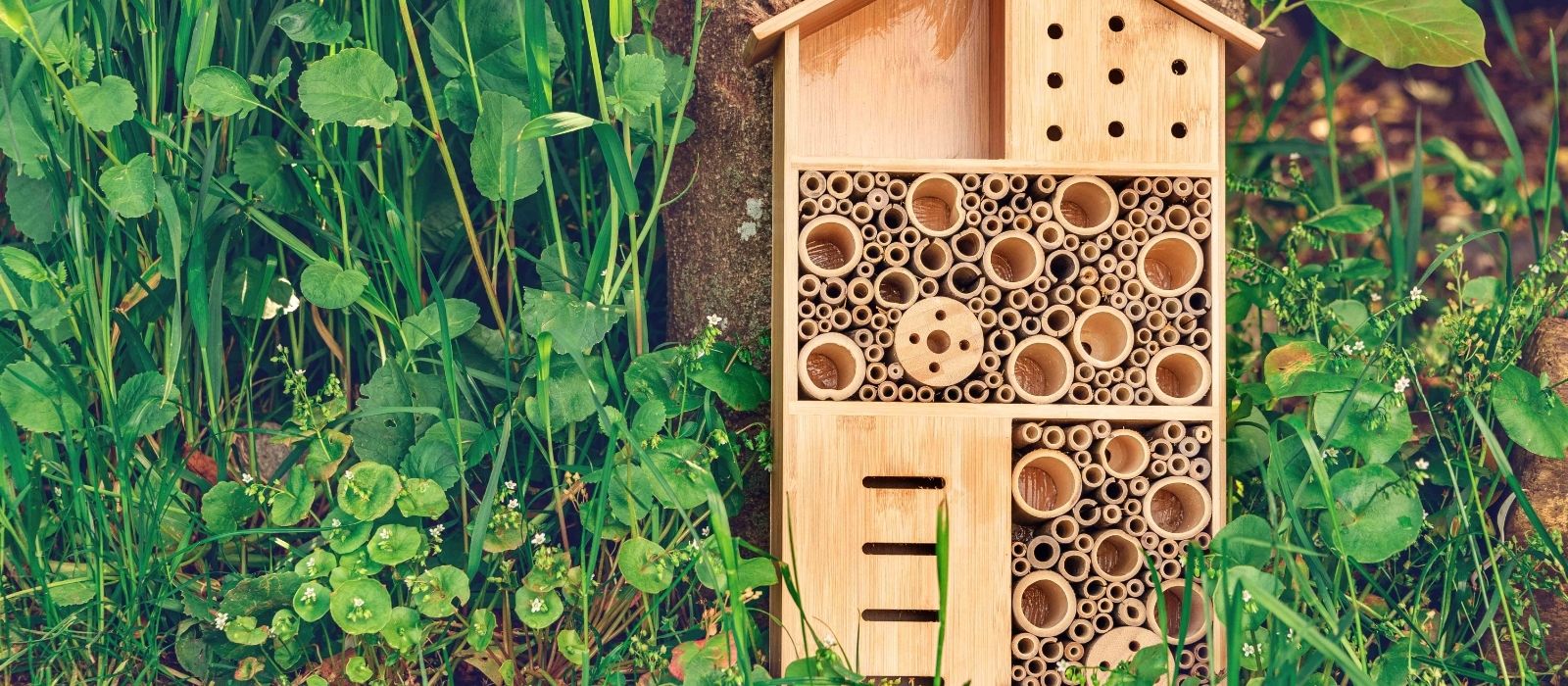
A thriving garden isn’t just about the plants—it’s about the life it supports. Biodiversity brings balance, encouraging natural pest control, boosting pollination, and creating a vibrant, living ecosystem right in your backyard.
From bumblebees and ladybugs boosting tomato yields to birds helping with seed dispersal and pest control, fostering these natural connections is key to a flourishing garden.
A thriving garden isn’t just about the plants—it’s about the life it supports. Biodiversity brings balance, encouraging natural pest control, boosting pollination, and creating a vibrant, living ecosystem right in your backyard.
Go Wild
To create a garden full of life it pays to consider it as a miniature wilderness area. What would grow naturally here? Consider the natural flow of water, spaces for flowers to bloom, and areas where shade-loving plants can thrive. Layer your garden with varying plant heights, textures, and materials—logs, rocks, and mulch—to provide essential habitats for insects and invertebrates.
Simple steps make a big impact
- Let areas grow wild with clover, dandelions, and low- or no-mow patches.
- Add a water source—bird baths, ponds, or shallow dishes—offering essential hydration for birds and insects.
- Stack old logs or build rock piles to attract lizards, wētā, and other natural pest controllers.
Boost Bird Life
Birds are vital to garden health, helping with pollination and natural pest management. Supporting them with food, water, and shelter—especially in cooler months—strengthens your garden ecosystem.
Topflite’s range of bird feeders makes it easy to attract native birds. Their Wild Bird Nectar, Energy Cakes, and Wild Bird Seed provide essential nutrients when birds need it most. Tūī and silvereye especially love the Nectar Feeder, making it a garden must-have.
Invite in the Insects
Insects are essential allies in your garden. While ‘bugs’ and ‘pests’ are often confused, it’s the ‘good bugs’—pollinators and natural pest controllers—you want around.
Topflite’s Bug and Bee Huts create ideal homes for beneficial insects. Place them in shady, damp areas near leaf litter or old wood piles, and soon, you’ll attract pollinators, pest-eaters, and food for birds like pīwakawaka and kingfishers.
By boosting biodiversity, you’re not only creating a beautiful garden but building a living, breathing ecosystem that supports plants, wildlife, and the environment.
Thanks to Topflite for this article.


